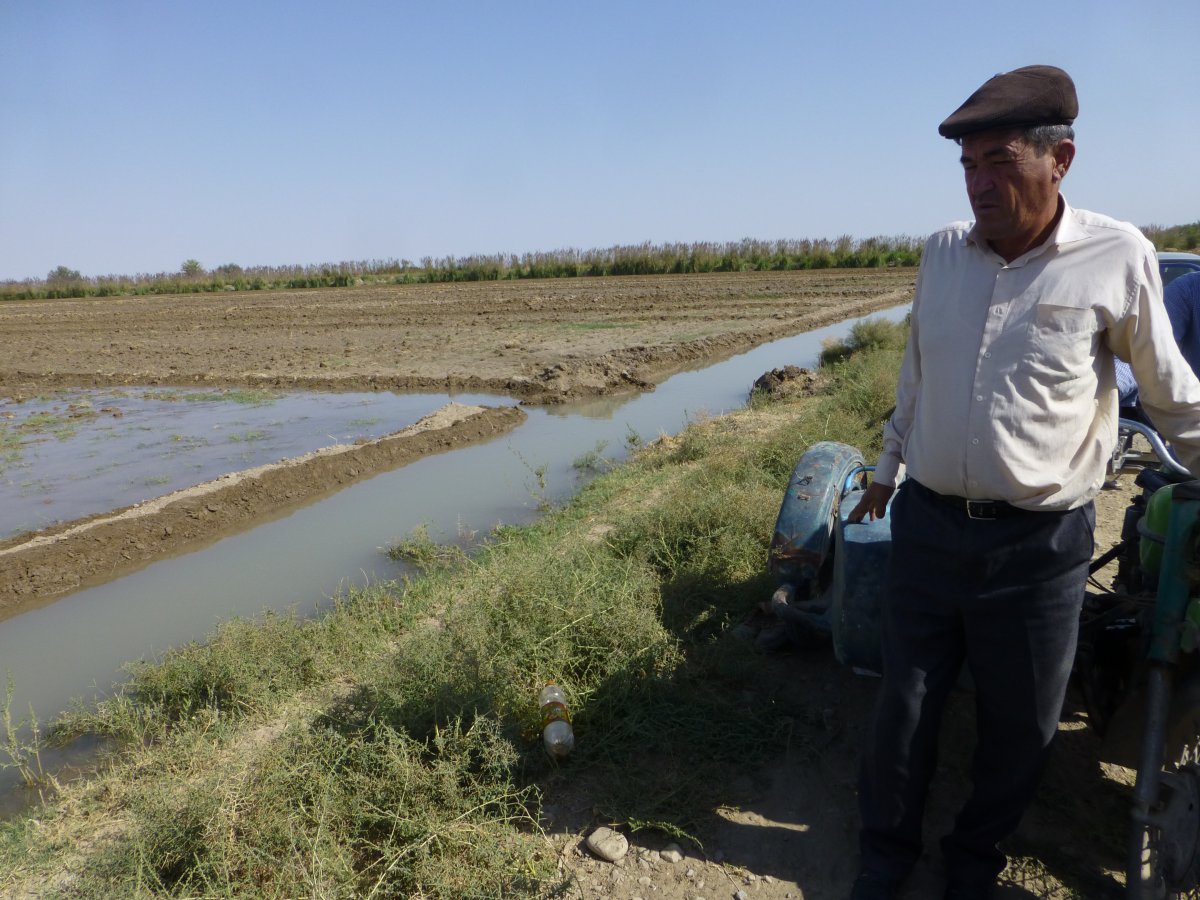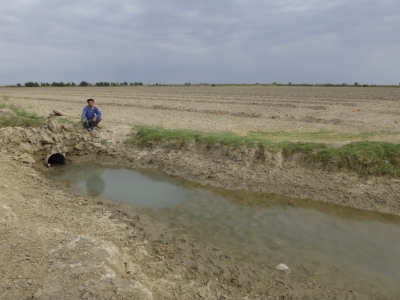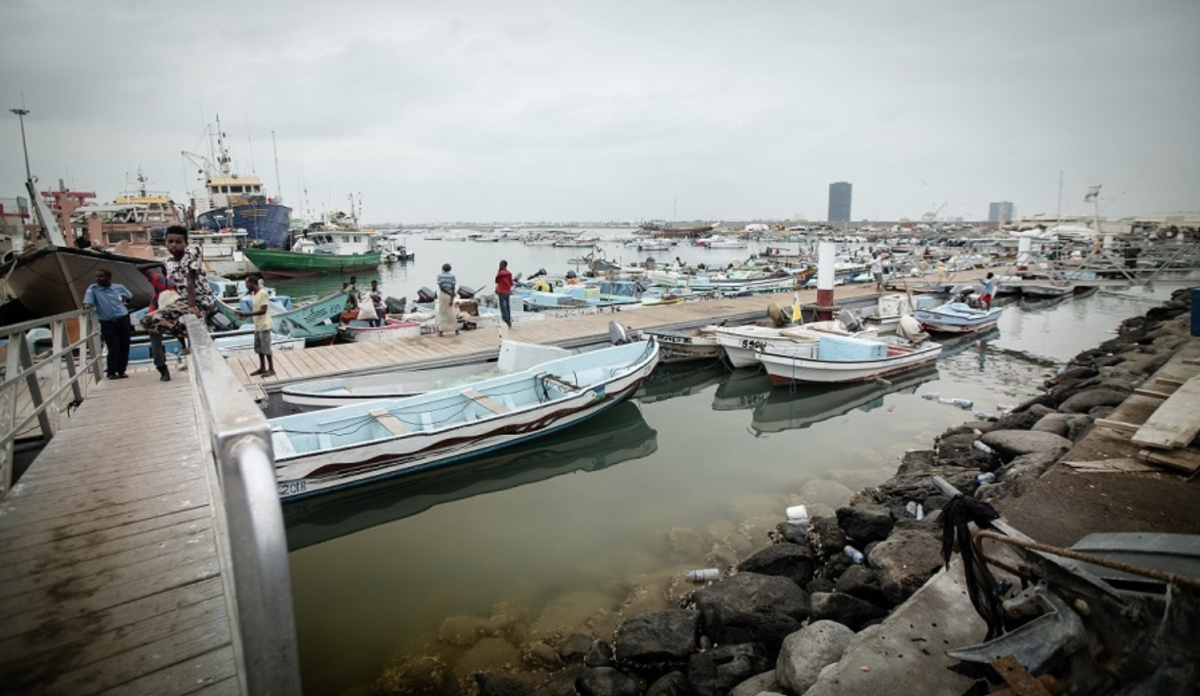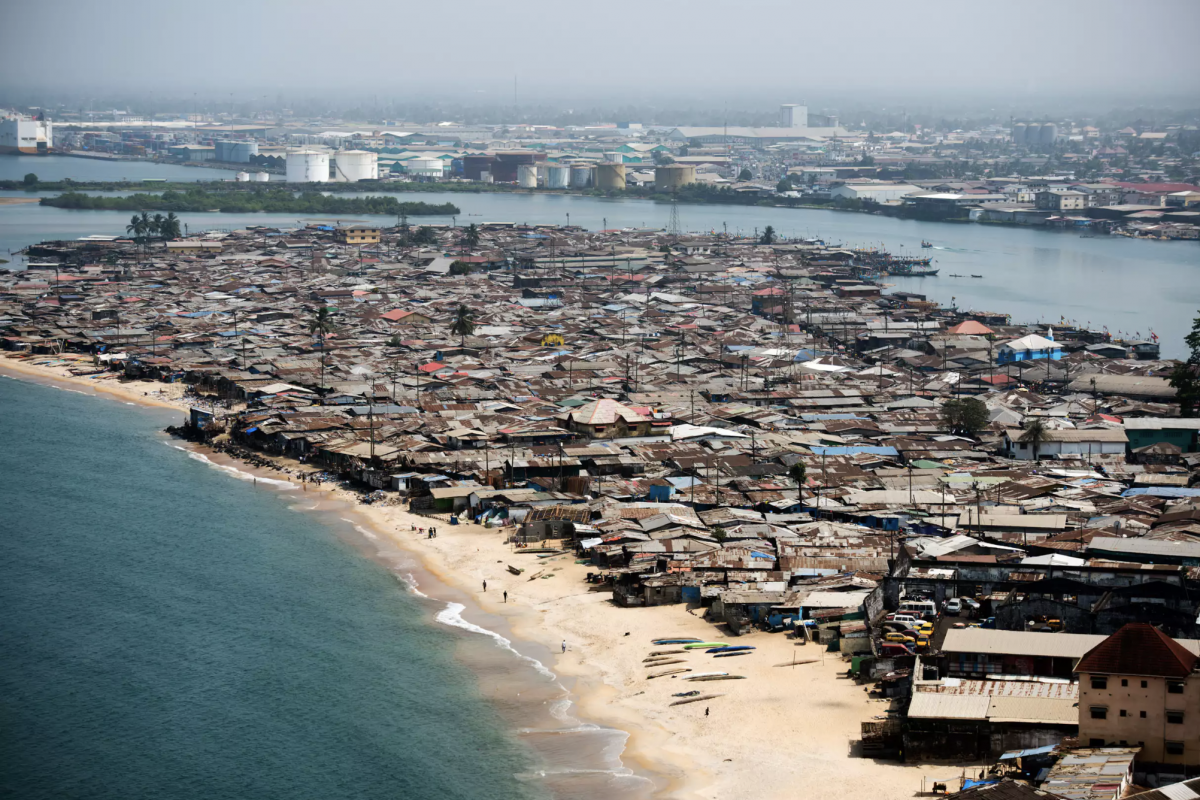Supporting Turkmenistan to advance their NAP process
Project Overview

Country background, Sustainable Development Goals and Paris Agreement
Turkmenistan is located in the western part of Central Asia, between the Caspian Sea and the Amudarya River, and is a part of the Aral Sea and Caspian Sea basins. Climate change impacts are already evident in Turkmenistan. The meteorological data show a steady temperature increase of 1.4°С since the 1950s. By 2040, atmospheric air temperature is expected to increase by 2°C across the entire country. While annual precipitation varies greatly, ranging from 76 mm to 380 mm, the climate projections suggest that between 2040 and 2100 precipitation is likely to decrease by 8–17%, which, coupled with the temperature increase, will reduce the total volume of water availability.
In 2012, the Government approved the National Climate Change Strategy that lays out the policy framework for building climate resilience and a low-emission economy. The strategy, which has a focus on development, infrastructure and economic security, prioritizes a number of sector-tailored measures to ensure mitigation and adaptation responses from key economic areas—such as oil and gas, power engineering, construction, water and agriculture—with the key objective to improve the identification and assessment of climate change impacts. As part of the three National Communications under the UNFCCC, submitted in 2006, 2010 and 2015, climate related activities included a national inventory of greenhouse gas (GHG) emissions and removals by sinks, vulnerability analysis of ecosystems and the economy, adaptation recommendations and mitigation analysis (i.e., assessed potential measures in various sectors of the economy. The National Communications outline expected climatic change impacts for the country until 2100.
In terms of the policy framework related to climate change adaptation, Turkmenistan has initiated a few policy documents that aim to improve its agricultural and forest management practices, advance socioeconomic reforms, and enhance policies related to monitoring and management of the hydromet services. Despite the policy developments, Turkmenistan has experienced several challenges, namely insufficient coordination and harmonization among existing and forthcoming legislative documents as well as the lack of implementation and enforcement of policies and secondary legislation. To address these gaps and improve monitoring capacity, the National Economic Program of Action on Adaption and Mitigation to Climate Change (NEPAAM) was developed. NEPAAM identified a series of climate related objectives that include promotion of long-term sectorial planning on climate change in line ministries. The government sees NEPAAM as the basis for its NAP.
The Government of Turkmenistan decided in 2017 to develop a NAP process. To support their efforts, they engaged UNDP Turkmenistan to help elaborate this Readiness Proposal, “Integrating Climate Change Risks into Adaptation Planning Processes in Turkmenistan.” The Government of Turkmenistan seeks to strengthen its adaptive and resiliency capacities to climate change by integrating climate risks and adaptation measures into planning and budgeting processes via the development of a national adaptation process (NAP). In doing so, the proposal will complement other key foundational measures including Turkmenistan’s Nationally Determined Contribution, a Third National Communication, and the adoption of a National Climate Change Strategy.
How has the NAP-GSP supported to date?
| Support to the capacity needs assessment and stakeholder consultations |
A rapid capacity assessment was undertaken in April 2017. The approach to identifying the required capacity needs is based on UNDPs and UNITARs capacity development frameworks. These frameworks identify three skill and capacity levels – the individual, the organization and the enabling environment – for technical and functional capacities. Over the course of the two missions, a stocktaking exercise was conducted, as were extensive stakeholder consultations with relevant government counterparts, and representatives of the private sector and civil society. |
|
Production of a Stocktaking Report
|
As outlined in Turkmenistan’s roadmap and stocktaking report, the NAP process will be driven by NEPAAM, which outlines the coordination, monitoring and over-arching strategic targets for implementing the national direction. NEPAAM will focus on crosscutting adaptation and mitigation analysis and action, and especially on stronger linkages between climate change adaptation and disaster risk reduction, in the agriculture, water and health sectors.
|
|
Helped build capacity and facilitated access to additional climate finance
|
On 24 July 2018, a round table was held to review the pre-final draft of the proposal application. The meeting discussed in detail the proposal and concluded that the country should submit to the GCF the Readiness Proposal, “Integrating Climate Change Risks into Adaptation Planning Processes in Turkmenistan.” While the project focuses at a national level as it relates to governance, as planning is centrally controlled, there is a specialized sub-focus on the water sectors of Ashgabat and the province of Dashoguz.
|
News
UNDP and the Ministry of Agriculture and Environmental Protection of Turkmenistan held a working meeting to develop a draft National Strategy for Waste Management - 10 March 2020 - Participants touched upon issues of existing legislation in the field of waste management, the work of the project and the national consultant on the analysis of the current situation.
What is a sustainable city? Interview with Alexei Zakharov, UNDP/GEF project advisor on Sustainable Cities - 31 May 2019 - An ideal sustainable city is the one that has zero carbon emission footprints on the Planet’s wellbeing. That means the city generates energy for its needs from renewable sources, such as hydro, solar, wind, geothermal, and biomass, and deposits zero non-recyclable waste into the environment.
 Turkmenistan begins developing a National Adaptation Plan with funding approved by the Green Climate Fund
Turkmenistan begins developing a National Adaptation Plan with funding approved by the Green Climate Fund 



















